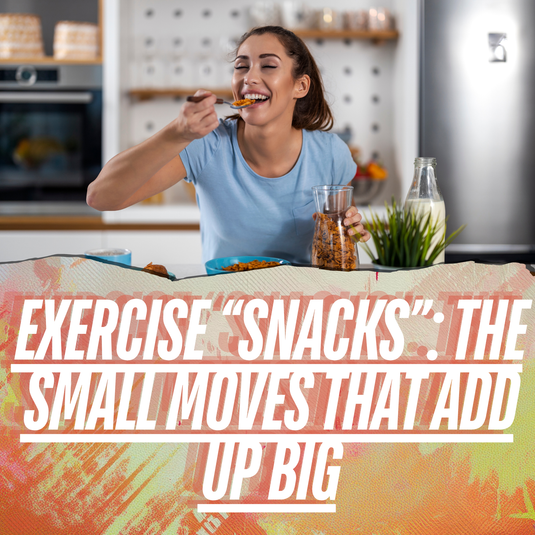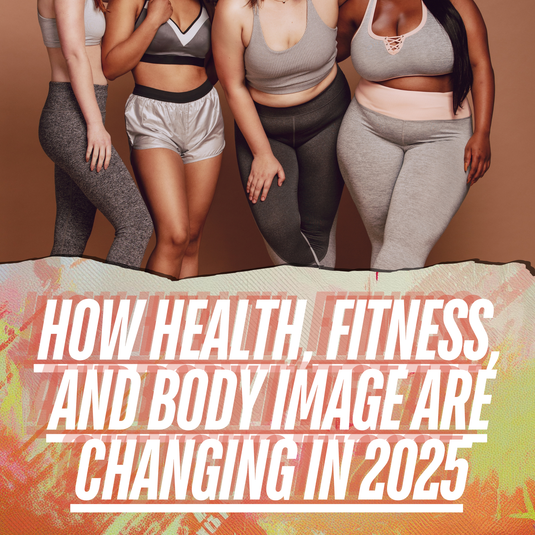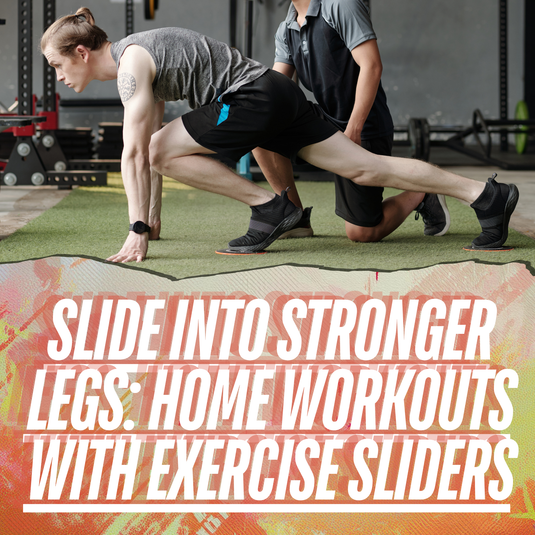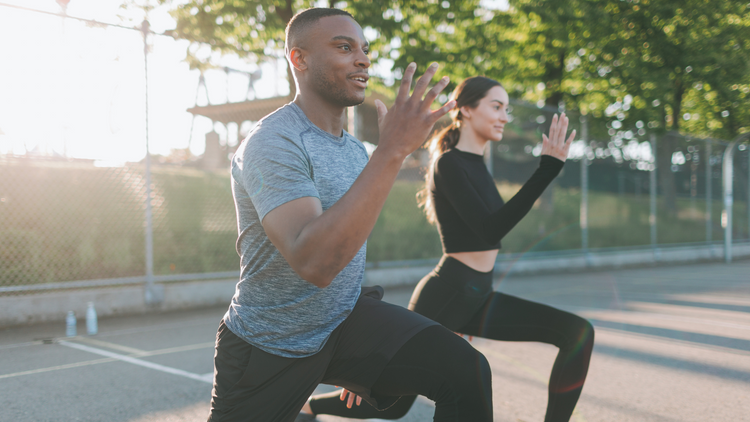Resilience for Life: Tips & Strategies

⏱️ Estimated Read Time: 6 minutes
🧠 TL;DR
- Resilience for Life: Tips & Strategies offers effective, accessible movements for targeted results.
- This guide is designed to help you move smarter, build strength, and stay consistent.
✍️ Summary
This post explores resilience for life: tips & strategies in a way that’s actionable and easy to follow. Whether you're new to this style of training or leveling up, it includes practical takeaways for your routine.
📚 Table of Contents
Each week we field questions from our community and provide answers. If you have a question you would like to see answered, please post it in our Facebook group here. We also answer these in segments of the Living.Fit Show.
Today's Topics Cover:
-
How to build resilience for your professional and personal life when you feel overwhelmed and stressed?
-
I am 40 and am starting to feel like I should try this. Do you have any advice about the benefits of mobility training and what I can do?
How To Build Resilience For Professional And Personal Life When You Feel Overwhelmed And Stressed?
As a combat veteran, fitness educator, and post-traumatic growth instructor, I find the best way to build resilience is by micro-dosing stress. Stress can come at us in many forms, both physically and mentally, and our systems are rooted in handling it through our hunter-gatherer methods. We either freeze, flee or fight, and our systems react accordingly--elevated breath rate, elevated heart rate, spikes in adrenaline, enhanced listening, enhanced sight, closed mouth, and tense muscles. This can be draining if we don't control it, especially when the stress comes in the form of non-life-threatening causes. If we have an overdue work task, or we feel overwhelmed by a relationship or project. The best way to create resilience and enhance emotional resilience is to breathe through it in controllable micro-doses until it becomes a habitual response to non-life-threatening and even life-threatening trauma, challenges, and stresses. Here are a few examples that I like to practice resilience: strenuous workouts 2-6 times per week, cold finish to a shower, thinking about a past stress situation and breathing through it, sauna or steam room, and run or ruck (walking with a heavy pack). Incorporating these activities into resilience training can significantly improve your mental toughness and stress management skills.
I am 40 and am starting to feel like I should work on my mobility. Do you have any advice about the benefits of mobility training and what I can do?
Mobility training is crucial to reduce the chance for injury and increase the performance ability of the human body. However, it is often approached incorrectly by being done passively. A passive stretch is where you "force" the body, joint, or muscle into a particular end-range position. This is typically seen with "static stretches" or stretches that you hold in place for 10 to 60 seconds. If you were to test that range of motion by actively engaging in that position without any aids or help, chances are high that you wouldn't come close. Think about a quad or thigh stretch where you kick your foot toward your butt and grab the foot or ankle of the leg that is being stretched. There is no way you could hold that leg in that position without your hand. That means you don't have control of that particular range of motion. If you can actively engage in that range of motion then you have control over it. If you have control over it, you will not only reduce the chance of injury but increase the performance of that joint.
The best way to improve mobility is by adding to your morning routine or evening routine. Everyone has a routine in the morning and evening. If we added just 10 minutes of Lunge Matrix with Arm Drivers or Open Chain Mobility, we would see giant leaps forward in injury prevention and performance improvement in just a few weeks. This practice not only aids in physical health but also contributes to a better work-life balance by ensuring your body is ready to handle daily activities efficiently.
We also have some demo videos we can provide as well:
-
https://www.youtube.com/watch?v=nudwqYGYIOc
-
https://www.youtube.com/watch?v=D2_zur88e6s
-
https://www.youtube.com/watch?v=Lq330KqWp4s
-
https://www.youtube.com/watch?v=a-p836yYe8c
Want more guidance? Check out our Weekly Dumbbell Workout #1.
📝 FAQs
How often should I do these exercises? +
2–3 times per week is a good starting point for most people.
Do I need equipment? +
Many of these can be done with just your bodyweight or a single kettlebell or dumbbell.
Can beginners do these routines? +
Yes! These movements are designed to scale with your fitness level.










